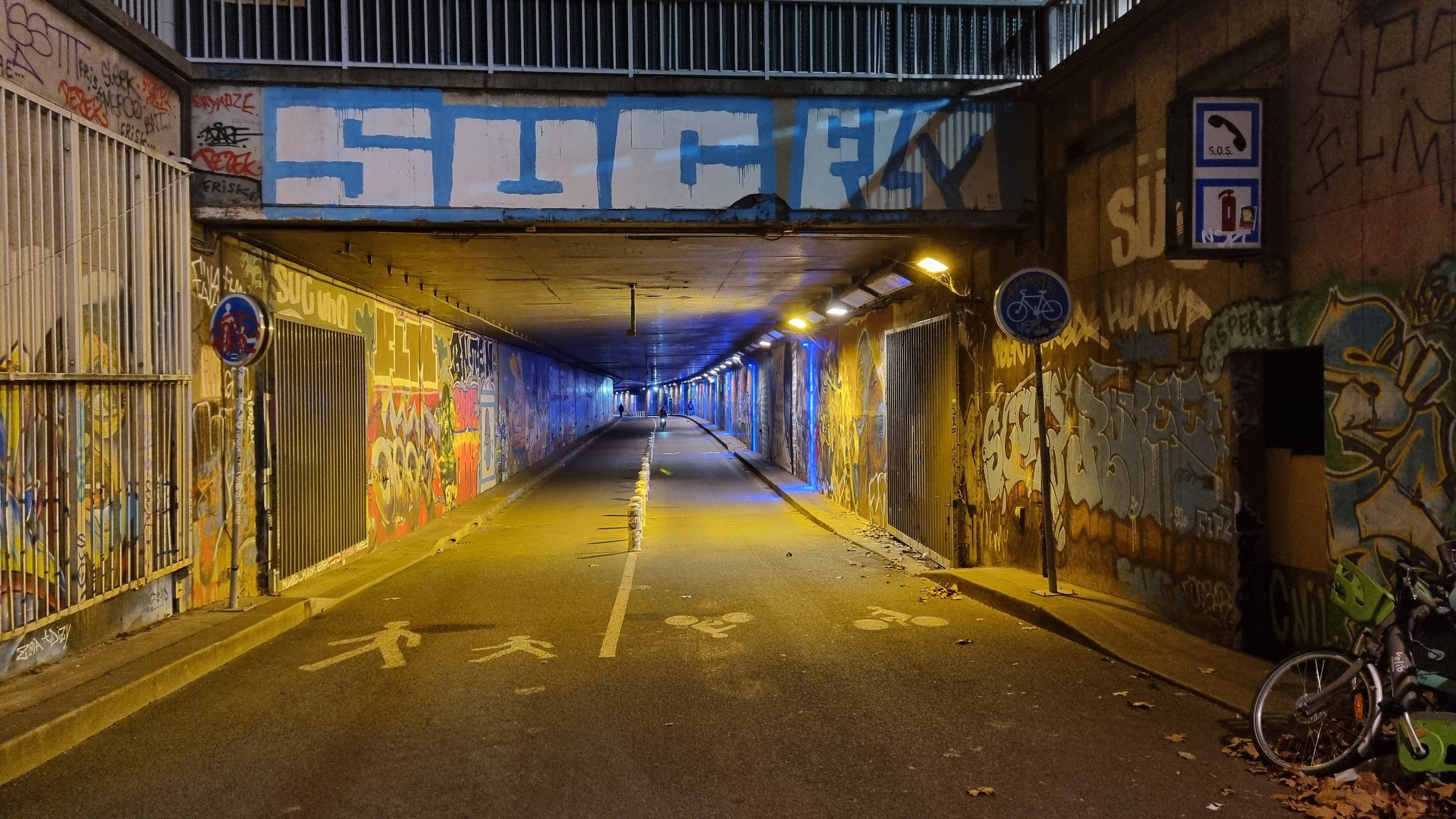Tunnel des Tuileries: A Hidden Passage Through Parisian History
In the heart of Paris, where centuries of history intertwine with modern urban life, an unassuming passageway offers a unique perspective on the city's evolution. The Tunnel des Tuileries, often overlooked by tourists rushing between more famous landmarks, serves as a silent witness to the transformation of the French capital. This underground corridor, with its blend of functionality and historical significance, invites visitors to explore a lesser-known facet of Parisian infrastructure and urban planning.

A Path Beneath the Surface
The Tunnel des Tuileries is not merely a simple underpass. It was conceived as part of a grand vision to modernize Paris in the late 19th century. The tunnel was constructed to facilitate the flow of traffic between the Louvre and the Place de la Concorde, two of the city's most iconic locations. As visitors descend into this subterranean passage, they are transported to a world where the bustle of the city above fades away, replaced by the echo of footsteps and the hum of passing vehicles.
Things to do in Montrouge
Engineering Marvel of Its Time
When the tunnel was built, it was considered a remarkable feat of engineering. The challenges of constructing an underground passage in the heart of Paris, with its complex geology and centuries of urban development, were significant. Yet, the engineers and workers of the time persevered, creating a structure that has stood the test of time. The tunnel's sturdy walls and arched ceiling bear testament to the skill and craftsmanship of its builders.
A Gallery of Urban Art
Over the years, the Tunnel des Tuileries has evolved beyond its original purpose. Today, it serves as an unexpected canvas for urban art. The walls of the tunnel are adorned with a rotating selection of murals and installations, transforming this utilitarian space into a dynamic gallery. These artworks, often reflecting contemporary Parisian culture and social issues, provide a stark contrast to the tunnel's historical context.
Connection to Parisian History
The tunnel's location is steeped in historical significance. It passes beneath the site of the former Tuileries Palace, a royal residence that was destroyed during the Paris Commune of 1871. As visitors walk through the tunnel, they are literally passing under layers of Parisian history. The very ground above holds memories of royal intrigue, revolutionary fervor, and the transformation of Paris from a medieval city to a modern metropolis.
A Different Perspective on Famous Landmarks
Emerging from the tunnel, visitors are greeted with fresh perspectives on some of Paris's most famous sights. The Louvre's grand facade takes on a new dimension when approached from below, while the obelisk of the Place de la Concorde seems to rise dramatically as one ascends from the underground passage. This unique vantage point offers photographers and artists an opportunity to capture these iconic landmarks from an unconventional angle.
Practical Utility Meets Cultural Significance
While the Tunnel des Tuileries continues to serve its original purpose of facilitating traffic flow, its cultural significance has grown over time. It has been featured in films and literature, adding to its mystique. For many Parisians, the tunnel is a daily part of their commute, a familiar passage that connects different parts of their city. For visitors, it offers a glimpse into the everyday Paris that exists alongside the grand monuments and tourist attractions.
A Symbol of Urban Evolution
The Tunnel des Tuileries stands as a symbol of Paris's continuous evolution. It represents the city's ability to adapt and grow while preserving its historical heritage. As urban planners and architects continue to shape the future of Paris, the tunnel serves as a reminder of the ingenuity and vision that have always been at the heart of the city's development.
As visitors emerge from the Tunnel des Tuileries, they might find themselves with a renewed appreciation for the layers of history and culture that make up the fabric of Paris. For those seeking to explore more of the city's architectural wonders, a visit to the Palais Garnier is highly recommended. This opulent opera house, with its stunning Second Empire architecture, offers another perspective on the grandeur of 19th-century Paris.
The Tunnel des Tuileries may not be the most famous attraction in Paris, but it offers a unique and enriching experience for those willing to venture off the beaten path. It stands as a testament to the city's innovative spirit and serves as a link between its past and present. As Paris continues to evolve, this underground passage remains a constant, inviting visitors and locals alike to pause and reflect on the many stories it has witnessed over the decades.

 Home
Home Wishlist
Wishlist